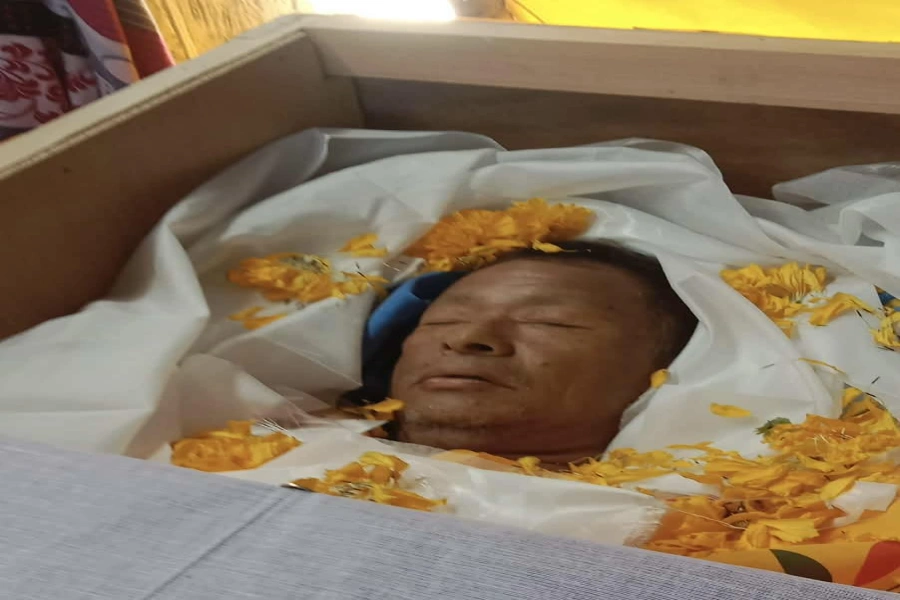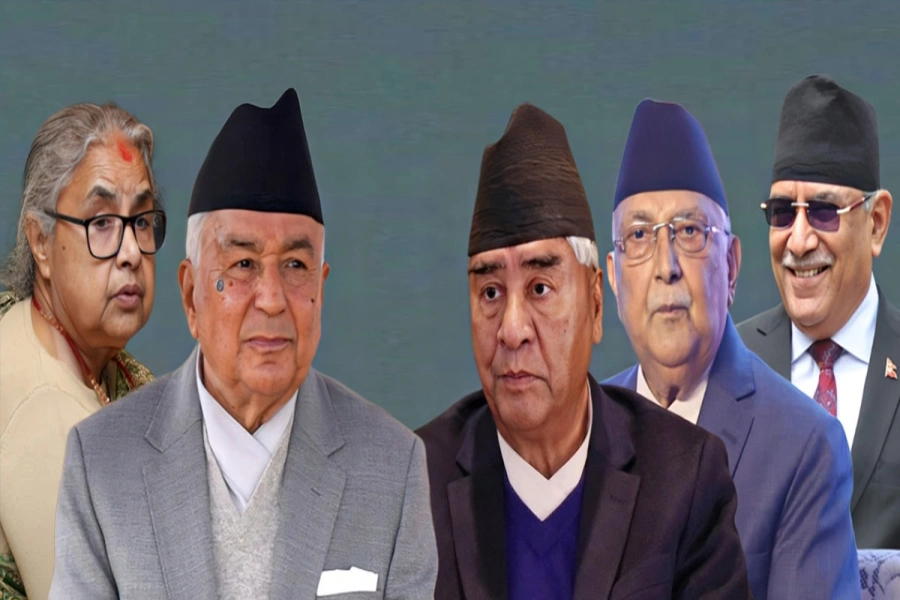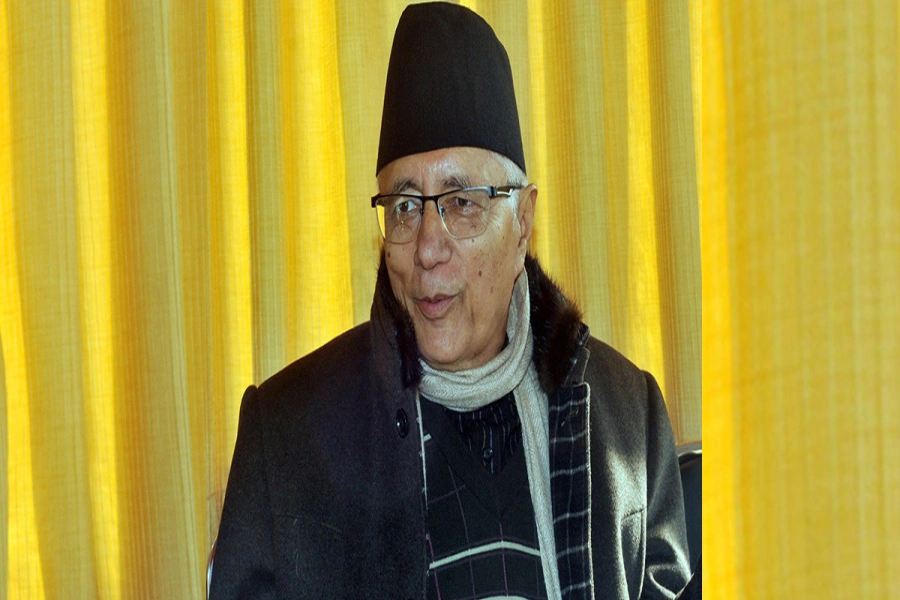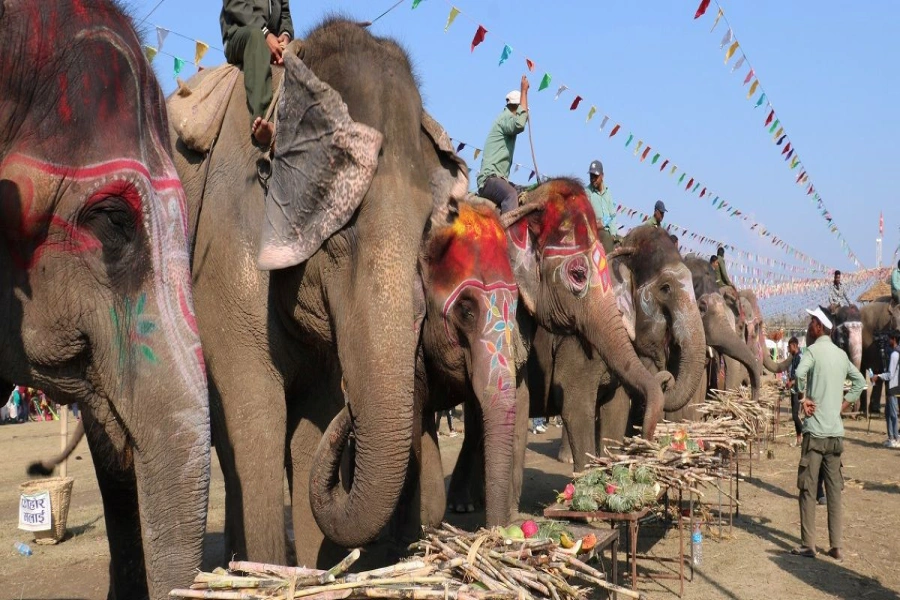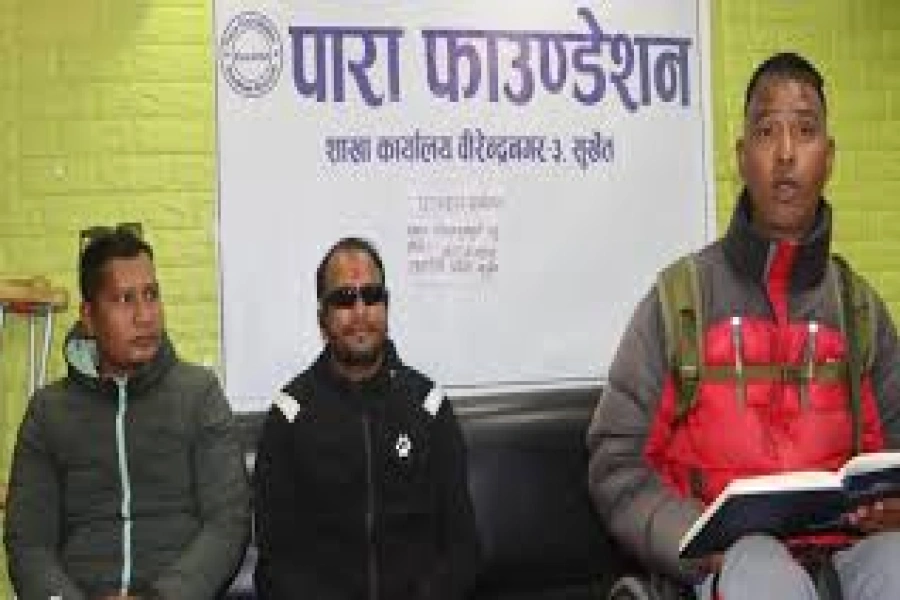Sithi Nakha also known as Kumar Sasthi, is a festival celebrated by Newa people that falls on the Sixth day of Tachhala (8th Month of Nepal Sambat). Sithi is the corrupted form of Sasthi or Sixth day of Tachhala while Nakha means festival. So, Sithi Nakha is the festival celebrated on the occasion of the birth of Lord Kumar 'Skanda'.
Birth of God Kumar Kartikeya
According to the mythology, once the Swarga lok (universe where Gods live) was attacked and the Gods were humiliatingly vanquished by the Daityas (demons). King of Swarga, Lord Indra called an assembly of the gods. Lord Vishnu predicted nothing can be done without the supreme God Shiva. So, Lord Agni was dispatched to the Kailash (Shiva’s palace).
Lord Agni disguised as a priest headed to the Kailash to beg for a boon. Lord Shiva happened to be in love making with Goddess Parbati. When Lord Agni found out that he interrupted the divine love-making, the goddess was completely embarrassed, and Lord Shiva enraged. When Lord Shiva was just about to release the powerful flame from his Third Eye, Lord Agni thrust out his hand begging for alms. Goddess Parbati intercede and dissuaded the Lord from committing the sin of mistreating a religious priest. Then, Lord Shiva ejected a handful of fiery semen into the priest’s cupped palms. Agni accepted it and retreated. The semen of the enraged Lord scorched Agni’s stomach so much that he vomited it into the sacred river Ganga. From the divine sperm, the birth of baby Kumar took place. He was reared by Mother Ganga.
Sithi-Dyo Jatra

Kumar’s Importance in Nepal Mandal
Kumar is the symbol of youth, braveness and warrior spirit. It is believed that Kumar is the protector of the people. Kumar’s circle i.e. ‘Pikha Lukhu’ has the meaning of the boundary marker which means it is the end of the public space and the start of the private space. It gives a sense of safety and ownership of the private space. So, Lord Kumar is worshiped and offered with sacred items during the important religious ceremonies of the year as a sense of protection from all the distress.
Resemblance of the festival in life of People
Sithi Nakha marks the beginning of the rainy season after the scorching summer. So, this is the heavy working period of the farmers. Corn is planted in the hills and rice is sown in the beds for later transplantation in the fields.
Sithi Nakha marks the end of the Digu Puja (also known as De-Puja or Dewali) period, which begins on Akshay Tritiya. During this time, Newa people of related ancestry gather for feasts and rituals to honor their family gods (Kuldevta) and ancestors.
Sithi Nakha is designated as the day for cleaning wells, ponds, tanks, and other water sources which is considered as the residence of the Naag (Snake Gods). This day is chosen because the Naag themselves are away performing their Dewali worship, so the cleaning can be done without disturbing the Snake Gods.
Meaning Deciphered from the Sithi Nakha Culture:
Tribute to Ancestors: The period from Akshay Tritiya to Sithi Nakha is designated to perform De-Puja to honor the ancestors (Kuldevta). This period is dedicated to showing gratitude and paying tribute to the ancestors.
Agriculture and Farmers: Sithi Nakha falls on the driest month and from then begins the monsoon festival. Nepal Mandal, the home of the very fertile soil is the home to the thousands of hardworking and skillful farmers. So, the festival marks the beginning of the heavy work and giving break to the rituals of the valley. That's why all the musical instruments are kept in Nasa Dya till Gathamuga chahre. So, the festival is meant to serve as a feast before work and a reminder to warm up.
Health and Hygiene: The water sources are easy to clean up during the driest period to ensure that the water is free from any kind of infectants. So, this festival signifies the importance of clean water sources and a healthy environment for the well being of the people.
Since, every culture has a reason and cause behind it to celebrate the ritual shows the rich culture with traditional method of fighting the fear and problems with scientific reasoning behind it.






